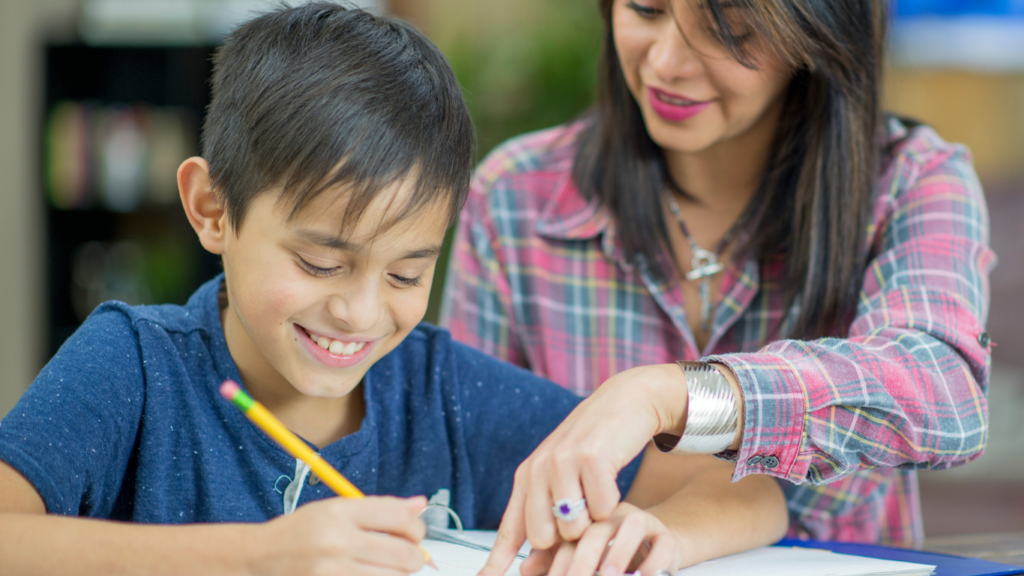As a parent or caregiver, I know how important it is to prepare kids for the ups and downs of life. Emotional resilience—the ability to bounce back from challenges—is a crucial skill that helps children navigate stress, build confidence, and develop healthy relationships. It’s not something they’re born with; it’s something we can help them grow.
Understanding Emotional Resilience
Emotional resilience refers to the strength to manage emotions and adapt in the face of challenges. For children, this ability is shaped through guidance, practice, and supportive relationships.
What Is Emotional Resilience?
Emotional resilience is the capacity to:
- regulate emotions
- recover from setbacks
- maintain a stable sense of self in adversity
It involves emotional awareness, problem-solving abilities, and self-confidence. Unlike fixed traits such as height or eye color, resilience can be nurtured. Children with strong resilience are better equipped to handle stress, persist after failures, and approach difficulties with optimism.
Why Is Emotional Resilience Important for Children?
Building emotional resilience in children forms a foundation for mental well-being, academic success, and healthier social relationships. It reduces the risk of anxiety, depression, and behavioral issues. Resilient children are less likely to avoid challenges and more likely to see mistakes as learning opportunities. For example, a child who copes well after losing a sports game learns perseverance, while another who navigates peer conflicts develops social intelligence. By fostering this skill early, children gain tools to thrive in a complex world.
Factors That Influence Emotional Resilience

Emotional resilience in children develops through a combination of internal and external factors. Key influences include genetics, environment, parenting, and social experiences.
Role of Genetics and Environment
Both genetics and environment shape a child’s ability to handle emotional stress. Genetic predispositions, such as temperament traits, impact how children respond to challenges. For instance, some children are naturally more adaptable due to genetic factors influencing mood regulation. However, environmental conditions like stable homes, safe neighborhoods, and access to resources can significantly enhance or diminish resilience. Even with genetic vulnerabilities, a positive environment can help children build emotional strength.
Influence of Parenting Styles
Parenting styles directly affect how children develop emotional resilience. Supportive parenting promotes open communication, emotional validation, and independence. For example, authoritative parents who balance warmth with clear boundaries often foster higher resilience compared to authoritarian or permissive styles, which may lead to either excessive dependence or lack of structure. Consistent guidance, coupled with encouragement, helps children feel secure and capable.
Impact of Social Interactions
- Social interactions, including friendships, peer support, and community involvement, are crucial for building resilience.
- Positive relationships provide emotional support and teach problem-solving skills. For example, friendships that encourage trust and mutual respect enable children to practice empathy and conflict resolution.
- Conversely, negative interactions like bullying or exclusion can undermine their confidence and coping abilities.
- Engaging in group activities or teams helps children develop a sense of belonging and collective responsibility.
Strategies to Build Emotional Resilience in Children
Encouraging resilience in children involves practical actions and consistent support. Using targeted strategies ensures they develop the tools needed for emotional growth and adaptability.
Encouraging Open Communication
I foster trust by creating an environment where children feel comfortable expressing their feelings. Actively listening and avoiding judgment helps children share their thoughts openly. I ask open-ended questions, such as “How did that make you feel?” to encourage reflection. Clear communication strengthens problem-solving and builds emotional awareness.
Teaching Problem-Solving Skills
I guide children in identifying challenges and brainstorming potential solutions. For example, if a child struggles with a school project, I ask them to list steps to complete it. Encouraging independent thinking while offering support develops resilience. Practicing decision-making in safe environments allows children to gain confidence in their problem-solving abilities.
Building Self-Esteem
I praise specific efforts and accomplishments to help children recognize their strengths. For instance, acknowledging persistence in learning a new skill boosts their sense of achievement. Setting achievable goals and celebrating progress reinforces their belief in their abilities. Positive self-regard is critical for emotional resilience and coping with setbacks.
Helping Children Manage Emotions
I teach children to recognize and name their emotions by modeling emotional awareness. For example, I might say, “I feel frustrated because this problem is taking longer than I expected.” Deep-breathing exercises and mindfulness techniques help children regulate their responses to stress. Providing tools to manage emotions equips them to handle challenges more effectively.
Role of Schools and Communities
Schools and communities play a crucial role in fostering emotional resilience in children. They provide structured environments and social networks where children can develop essential coping skills and emotional growth.
Implementing Emotional Learning Programs
Integrating emotional learning programs into school curricula helps children develop self-awareness and emotional regulation. Programs like Social and Emotional Learning (SEL) focus on teaching empathy, decision-making, and interpersonal skills through structured activities and lessons. By practicing these skills in a guided environment, children strengthen their emotional resilience and learn to navigate challenges effectively. Schools can also host workshops for both students and parents to reinforce consistent emotional education at home.
Creating Supportive Environments
Creating inclusive and positive spaces enhances children’s emotional resilience. Encouraging open communication between teachers, students, and families helps establish trust. When children feel heard and supported, they are more likely to express their emotions and seek help during struggles. Communities can contribute by organizing group activities, such as sports or art programs, and fostering collaboration among peers. These initiatives offer children opportunities to build connections, share experiences, and cultivate a sense of belonging. Collaboration between schools and local organizations further strengthens support networks, ensuring children have access to essential resources.



 Community Engagement Manager
Community Engagement Manager
